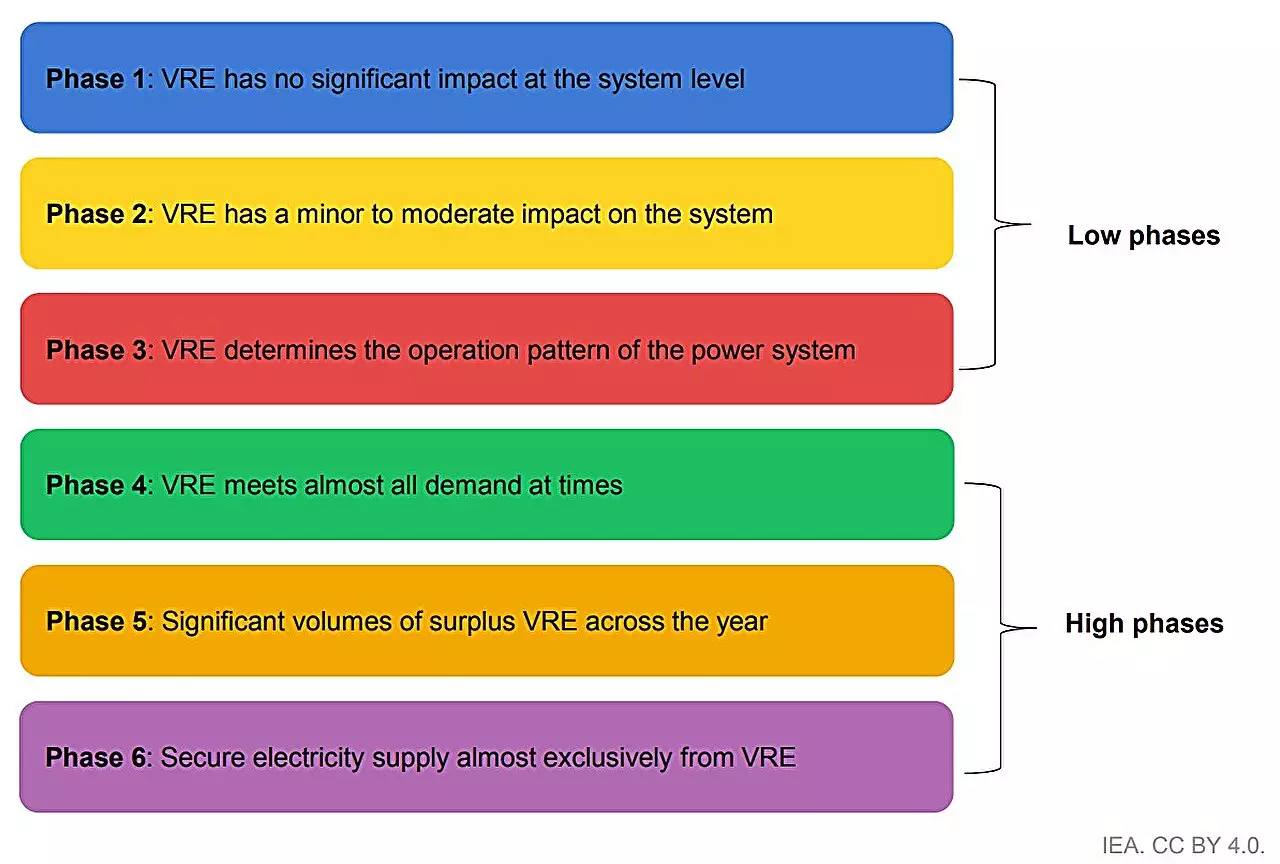The transition towards renewable energy sources such as solar photovoltaics (PV) and wind power is witnessing an unprecedented acceleration globally. This shift is not merely a trend but a vital necessity as nations grapple with energy security, climate change, and the pursuit of sustainable development. However, the integration of these variable renewable energy (VRE) sources into existing power systems poses significant challenges that require urgent address to fully capitalize on their potential benefits. A recent report from the International Energy Agency (IEA) articulates these issues and offers insights on best practices and strategies.
The Current State of Renewable Energy Growth
Between 2018 and 2023, the global capacity for solar PV and wind energy has more than doubled, marking a significant shift in the energy landscape. This progressive expansion is bolstered by supportive government policies and marked cost reductions in renewable technologies. As projections indicate a continued upward trajectory towards 2030, solar and wind energy are poised to become indispensable components of the electricity generation portfolio, contributing significantly to decarbonization efforts. In fact, these renewables account for roughly two-thirds of carbon dioxide reduction potentials in the path to achieving net-zero emissions by mid-century.
The Integration Challenge
Despite the promising growth, simply increasing renewable capacity is insufficient. The report underscores that without effective integration strategies, the anticipated benefits could fall significantly short. Delaying critical integration measures may lead to a 15% reduction in electricity generation from these sources by 2030, reducing their contribution to the overall electricity mix by five percentage points. This highlights the crucial role of not only expanding renewable capacity but also ensuring its effective incorporation within existing grid frameworks.
Policy Decisions: The Path Forward
As highlighted by Keisuke Sadamori, IEA Director of Energy Markets and Security, the continuous growth in solar and wind capacity does not guarantee optimized performance. Policymakers must bolster their initiatives to support the integration of these technologies into their energy systems. This involves a tactical approach that addresses the intricate dynamics between renewable energy generation and existing infrastructure. Importantly, the report serves as a crucial guideline for policymakers by detailing the challenges and proposing actionable solutions to mitigate these hurdles.
The report presents a comprehensive global assessment of integration measures across 50 diverse power systems, encompassing approximately 90% of global solar PV and wind generation. Utilizing an updated analytical framework, this stocktake enables a clearer understanding of current practices and identifies regions with lower renewable shares as those that still have significant potential for growth. Interestingly, many of these regions can enhance their renewable deployment without requiring sweeping system-wide transformations, suggesting that incremental changes may suffice in the short term.
As renewable penetration increases, challenges become more pronounced. However, frontrunner regions, including Denmark and Spain, are demonstrating adaptive strategies to navigate these complexities. The development of energy storage systems and innovations in power grid technologies are proving crucial in managing the variability associated with solar and wind outputs, paving the way for higher adoption rates in other areas.
Most technological solutions for addressing the emerging challenges of stability and flexibility are either well-established or approaching maturity. Successful implementation is more contingent on robust policy frameworks and regulatory actions than on new technological developments. This need for a paradigm shift in planning and operational strategies within power systems cannot be understated.
The Way Forward: A Collective Responsibility
The momentum generated by the increased adoption of solar PV and wind energy represents a collective responsibility shared by governments, businesses, and communities alike. As we forge ahead toward a sustainable energy future, the proactive implementation of integration strategies will be paramount to ensure that the aspirations tied to renewable energy development materialize into tangible benefits. Through focused efforts, the integration of renewable energy into power systems stands not just as a challenge but as a massive opportunity to reshape the future of global energy. The recommendation is clear: act now, before the impending challenges become insurmountable.


Leave a Reply